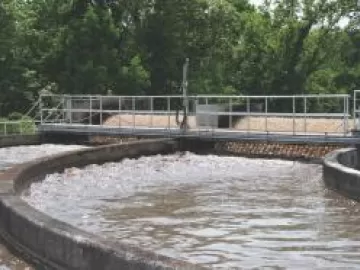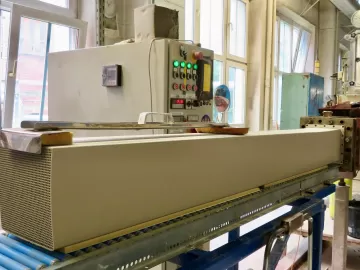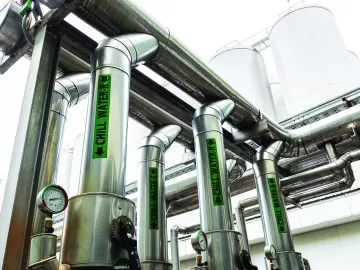Technology

Word is beginning to filter out about the 2022 changes to the ASHRAE 90.1 energy efficiency standard, and the changes it promises to bring to how compressed air systems are specified, commissioned and maintained. More specifically, the industry is learning about section 10.4.6 of 90.1, which is the first time the standard has included a section on compressed air.
[ Read Full Story ]
Using KPI’s for Peak Efficiency
[ Read Full Story ]
Natural Gas Deliquescent Dehydrator Applications
[ Read Full Story ]
Natural Gas Dehydration and Conditioning for NGV Refueling and Field Gas Upgrading
[ Read Full Story ]
DO Control System and Turbo Blowers Optimize Energy Use at a WWTF
[ Read Full Story ]
Pneumatic Circuit Analysis for Energy Efficiency
[ Read Full Story ]
Improve Pneumatic Performance Through Filtration System Design
[ Read Full Story ]
MGM Industries Reduces Chilled Water Requirements with Dry Vacuum Pumps
[ Read Full Story ]
Sustainable Productivity at Atlas Copco
[ Read Full Story ]
Transitioning to Oil-Free Compressed Air
[ Read Full Story ]











